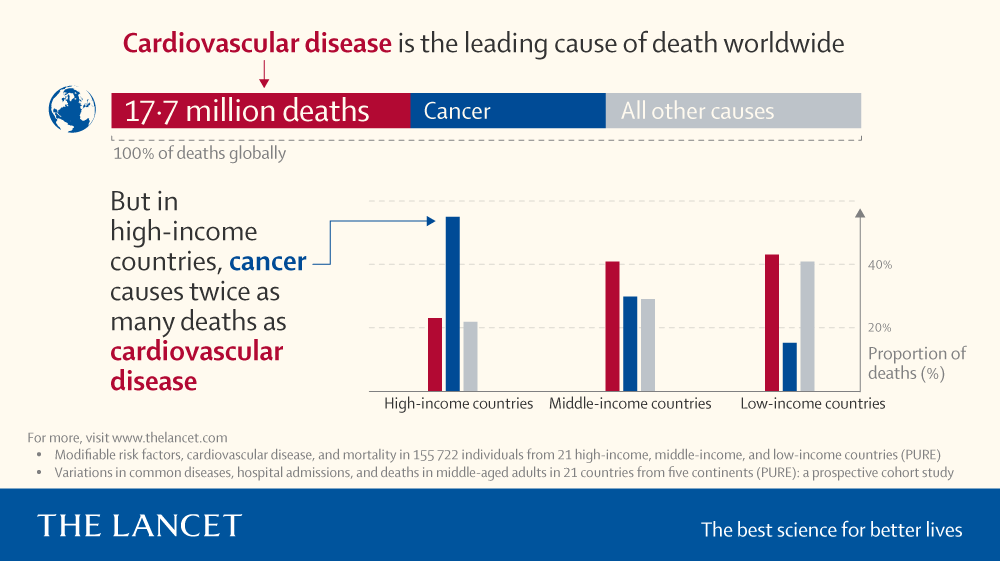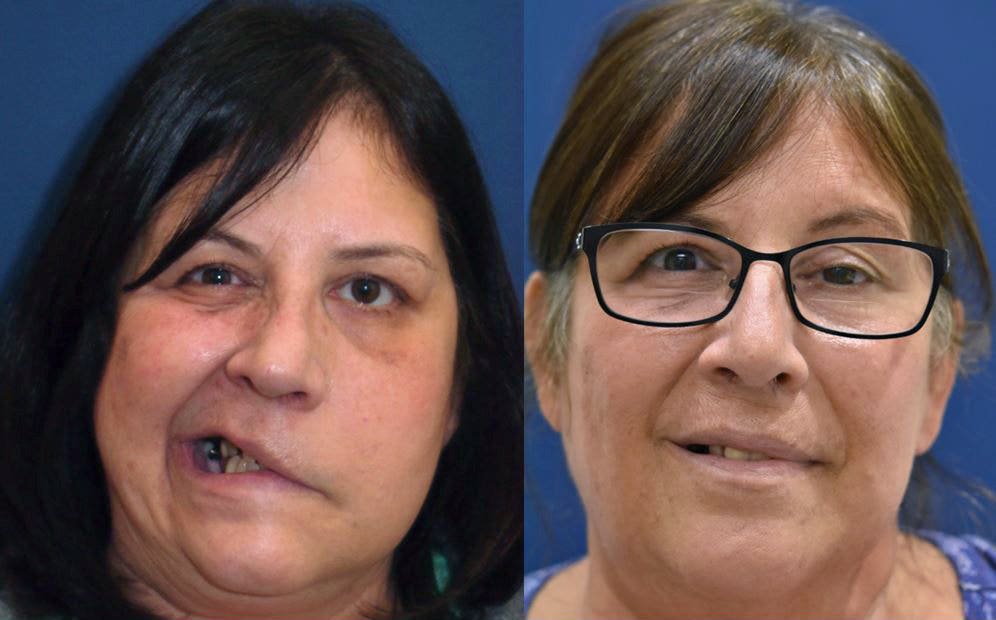The sudden passing of a beloved public figure often leaves a void in the hearts of many. Pioneer Woman, a household name known for her culinary expertise, lifestyle content, and vibrant personality, has left an indelible mark on the world. Understanding the cause of her death, particularly related to stroke and cancer, is crucial to raising awareness about these life-threatening conditions.
As we delve into this topic, it is essential to approach it with sensitivity and accuracy. The information provided here aims to shed light on the circumstances surrounding her death while offering valuable insights into stroke and cancer as significant health concerns.
This article will explore the details of her life, the causes of her death, and the implications of stroke and cancer in broader terms. By understanding these conditions, we can take proactive steps toward prevention and early detection.
Read also:Movie Rulzla Kannada 2025 A Comprehensive Guide To The Latest Film Scene
Table of Contents
- Biography of Pioneer Woman
- Cause of Death: Stroke and Cancer
- Overview of Stroke
- Understanding Cancer
- Risk Factors for Stroke and Cancer
- Diagnosis and Treatment
- Prevention and Lifestyle Changes
- Impact on Public Health
- Raising Awareness
- Conclusion
Biography of Pioneer Woman
Ree Drummond, affectionately known as The Pioneer Woman, is a name synonymous with culinary creativity and rustic charm. Born on August 15, 1970, in San Antonio, Texas, Drummond rose to fame through her popular blog and subsequent television show, "The Pioneer Woman." Her journey from a corporate job to a ranch life in Oklahoma captivated audiences worldwide.
Personal Information
Beyond her public persona, Ree Drummond is a wife and mother of four. Below is a brief overview of her personal life:
| Full Name | Ree Drummond |
|---|---|
| Date of Birth | August 15, 1970 |
| Place of Birth | San Antonio, Texas |
| Profession | Chef, Blogger, Television Personality |
| Spouse | Ladd Drummond |
| Children | Four |
Drummond's influence extended beyond the kitchen, as she became a beacon of inspiration for many aspiring cooks and homemakers.
Cause of Death: Stroke and Cancer
The tragic news of Pioneer Woman's death has raised many questions about the underlying causes. Reports indicate that a stroke and cancer were contributing factors to her untimely demise. Understanding the connection between these conditions is vital for public health awareness.
Stroke as a Contributing Factor
A stroke occurs when blood flow to an area of the brain is cut off, leading to brain cell damage or death. In Drummond's case, the stroke may have weakened her body's ability to combat other illnesses, such as cancer.
- Strokes can result from blockages (ischemic) or bleeding (hemorrhagic) in the brain.
- Factors like high blood pressure, diabetes, and smoking increase stroke risk.
Overview of Stroke
Strokes are a leading cause of death and disability globally. According to the World Health Organization (WHO), approximately 15 million people suffer from strokes annually, with nearly 6 million resulting in fatalities.
Read also:Dwayne Johnson Debunking The Myth Ndash Did Dwayne Johnson Pass Away
- Ischemic strokes account for 87% of all stroke cases.
- Hemorrhagic strokes, though less common, are often more severe.
Early recognition of stroke symptoms, such as sudden numbness, confusion, or difficulty speaking, is crucial for timely intervention.
Understanding Cancer
Cancer, a group of diseases characterized by abnormal cell growth, affects millions worldwide. In Pioneer Woman's case, the specific type of cancer remains undisclosed, but its impact on her health was undoubtedly profound.
Types of Cancer
Cancer can manifest in various forms, including:
- Breast cancer
- Lung cancer
- Colorectal cancer
- Prostate cancer
Each type presents unique challenges and requires tailored treatment approaches.
Risk Factors for Stroke and Cancer
Both stroke and cancer share common risk factors, such as age, family history, and lifestyle choices. Understanding these factors can help mitigate the chances of developing these conditions.
Preventable Risk Factors
- Smoking
- Unhealthy diet
- Lack of physical activity
- Excessive alcohol consumption
By addressing these modifiable factors, individuals can significantly reduce their risk of stroke and cancer.
Diagnosis and Treatment
Early diagnosis is critical for effective treatment of both stroke and cancer. Advances in medical technology have improved the accuracy and speed of diagnostic procedures.
Diagnostic Tools
Some common diagnostic tools for stroke and cancer include:
- MRI and CT scans
- Blood tests
- Biopsies
Treatment options vary depending on the severity and type of condition. Stroke treatment often involves medications to dissolve clots, while cancer treatment may include surgery, chemotherapy, or radiation therapy.
Prevention and Lifestyle Changes
Preventing stroke and cancer requires a proactive approach to health and wellness. Incorporating healthy habits into daily life can make a significant difference.
Healthy Lifestyle Tips
- Adopt a balanced diet rich in fruits and vegetables
- Engage in regular physical activity
- Avoid smoking and limit alcohol intake
- Manage stress through relaxation techniques
These lifestyle changes not only reduce the risk of stroke and cancer but also enhance overall well-being.
Impact on Public Health
The loss of a public figure like Pioneer Woman serves as a stark reminder of the importance of public health awareness. Her story highlights the need for education and advocacy in addressing stroke and cancer.
Public health initiatives play a crucial role in spreading awareness and encouraging preventive measures. By promoting early detection and healthy lifestyles, we can reduce the incidence of these life-threatening conditions.
Raising Awareness
Raising awareness about stroke and cancer is essential for saving lives. Organizations like the American Stroke Association and the American Cancer Society work tirelessly to educate the public and provide support to those affected.
Community involvement, fundraising events, and educational campaigns are effective ways to increase awareness and promote action. Individuals can contribute by participating in these initiatives and sharing knowledge with others.
Conclusion
The passing of Pioneer Woman due to stroke and cancer underscores the importance of understanding these conditions and taking proactive steps toward prevention. By educating ourselves and others, we can honor her legacy and work toward a healthier future.
We encourage readers to share this article, engage in discussions, and explore resources for further information. Together, we can make a difference in the fight against stroke and cancer.


